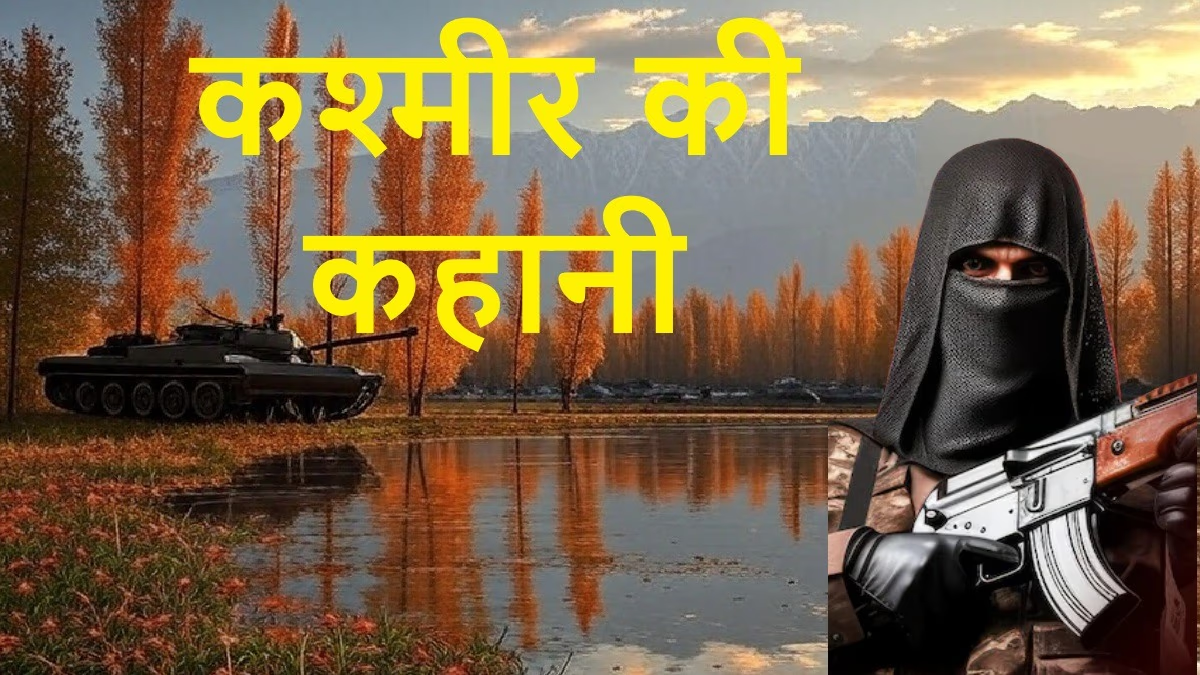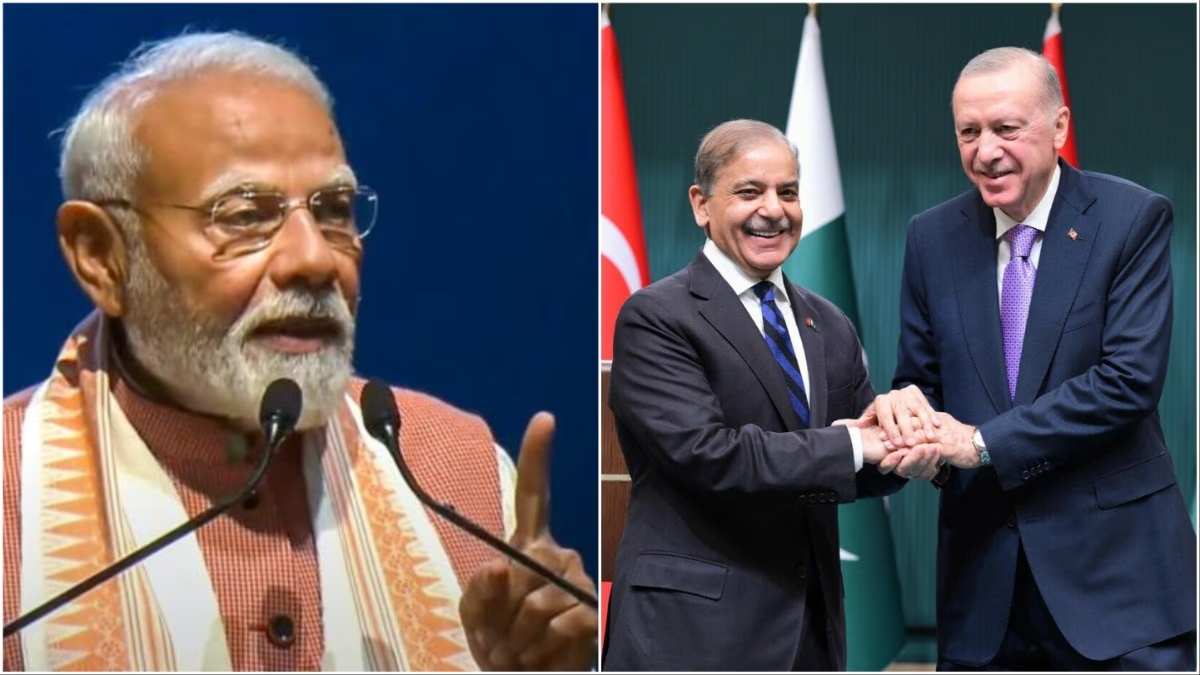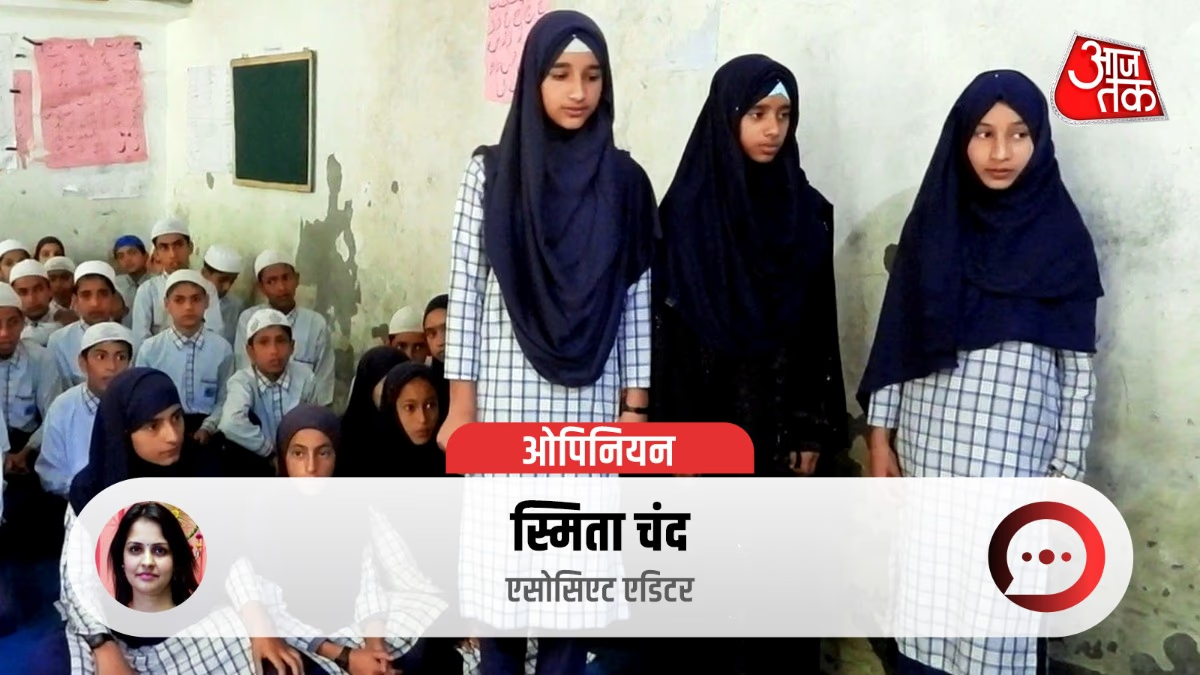The Chronicles of the Kashmir Conflict:
For nearly eight decades, Pakistan has persistently pursued its ambitions at the cost of peace in India, particularly targeting Kashmir. These actions have disrupted tranquility along borders. The latest adversarial act from Pakistan is reflected in the recent incidents at Pahalgam, a place within Kashmir that remains a longstanding point of contention. Let's delve into the extensive narrative of Kashmir's conflicts.
Seventy-eight years ago, a tribal incursion lasted a year, two months, a week, and three days, dramatically altering Kashmir. This assault initiated the birth of 'Mujahideen,' writing a new chapter in Kashmir's history.
About 700 years ago, Shams-ud-Din Shah Mir nurtured this land, adorned by various rulers with the fragrances of chinar and gulmohar—earning it the title 'Paradise on Earth.' However, 70 years ago, a ruler's folly and a despot's dictate infused the air with gunpowder's venom, which still lingers in Kashmir.
'My nation… your nation… my religion… your religion… my land, your land… my people, your people.' This inhuman stubbornness first divided a jubilant nation. Mass slaughter in the name of religion ensued, converting the paradise into a warzone, despite the ruler's plea to keep his realm politically neutral. But Muhammad Ali Jinnah, Pakistan's founder, wasn't willing to accept Kashmir’s autonomy.
Jinnah argued just as Junagarh was united with India due to its Hindu majority, Kashmir, with its Muslim majority, should belong to Pakistan. In pursuit of this demand, Jinnah pressured Maharaja Hari Singh, cutting off vital supplies and threatening with eventual forceful annexation, but the Maharaja stood firm on an independent Kashmir.
October 22, 1947
Barely nine weeks post-Independence, at Jinnah's behest, thousands of tribal forces invaded Kashmir from Pakistan, indulging in widespread plunder, murder, rape, and destruction. Armed with guns, machine guns, and mortars, they were dubbed 'Mujahideen.' They captured towns like Muzaffarabad and Domel, advancing close to Srinagar.
They attempted to incite a Muslim revolt, sparing those who supported them and executing opposers. The valley was awash in blood. Maharaja faced three options:
Submit Kashmir to Pakistan
Fight independently (impossible)
Seek aid from India
India couldn’t act militarily since Kashmir wasn’t yet its part. However, upon the Maharaja’s decision to accede to India, Indian forces were airlifted overnight to Srinagar, fortifying it, just a mile away from tribal forces. The conflict's dynamics shifted.
Lacking maps and supplies, the Indian army fought valiantly, reclaiming Baramula, Uri, and nearby areas. Chaos reigned as the war escalated, with every inch fiercely contested until India regained two-thirds of Kashmir.
This led to UN intervention. On January 5, 1949, a ceasefire was declared, establishing the Line of Control (LoC). The territory seized by Pakistan is today referred to as Pakistan-Occupied Kashmir (POK), including Gilgit, Mirpur, Muzaffarabad, and Baltistan.
The Kashmir conflict didn’t cease here. Pakistan initiated three more wars with India:
The 1965 Indo-Pak War
India retaliated by capturing 2,000 sq. km within Pakistan. India lost 3,264 soldiers, and Pakistan lost 3,500. India spent $200–$300 million; Pakistan, $500 million.
The 1971 Indo-Pak War
Resulted in Pakistan's bifurcation and Bangladesh's creation, with India seizing 15,000 sq. km, returned post-Shimla Agreement. 93,000 Pakistani troops surrendered. India lost 3,843 troops, incurring $500 million costs.
The 1999 Kargil Conflict
Most expensive war to date. Pakistani forces breached the LoC, India retaliated swiftly, regaining posts. India lost 522 troops, Pakistan 700. The war cost $1.5 billion.
The 2001 Parliament Attack
Pakistani militants targeted India’s Parliament, prompting massive military deployment at the LoC, incurring $1 billion in expenses.
Post-Pahalgam Attack Scenario
Following the April 22 terrorist assault in Pahalgam, military readiness has sharpened, tension mounts as war looms, potentially becoming the costliest conflict yet.




